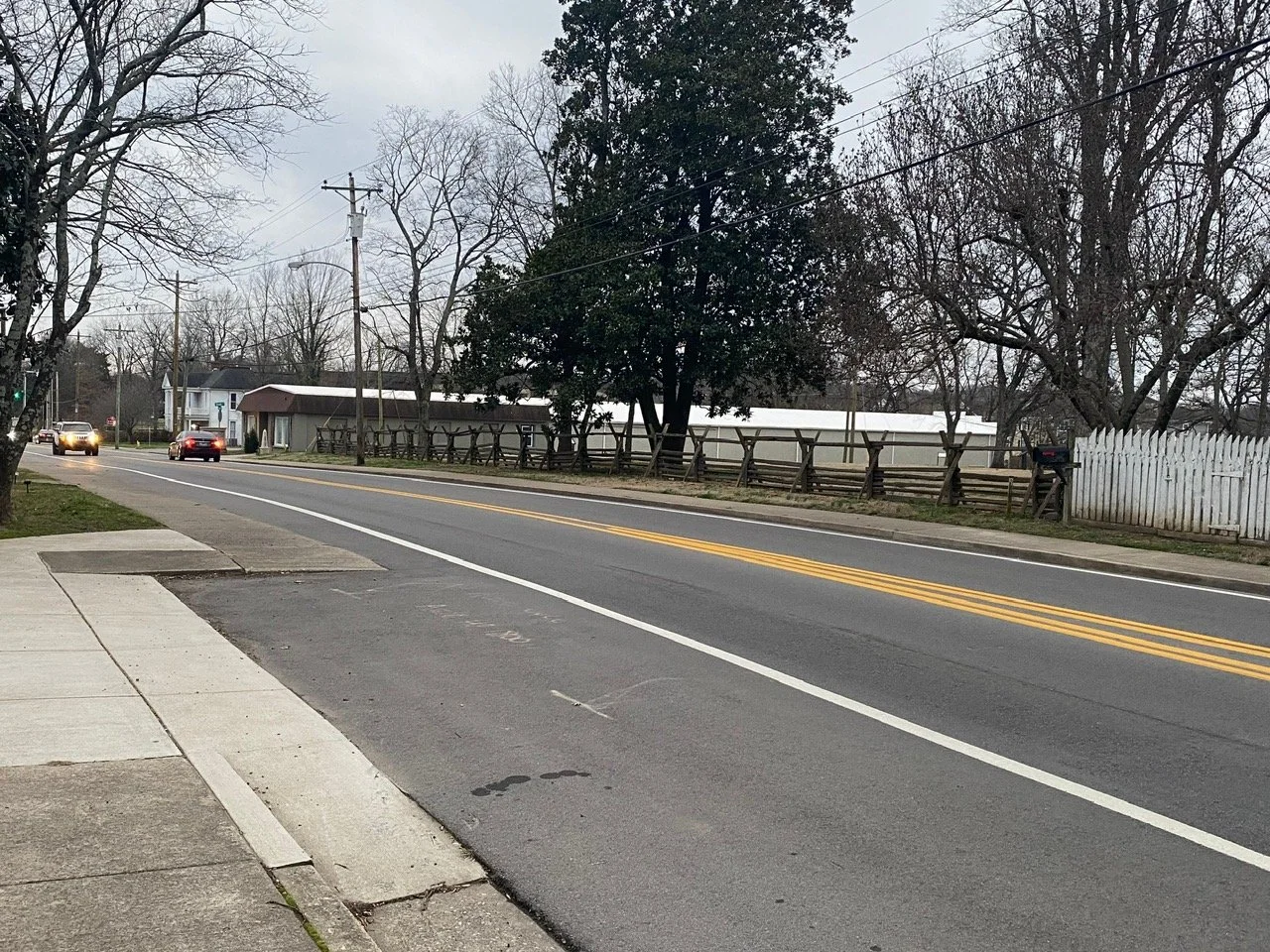Demolition Begins for Carter Hill Battlefield Park Expansion





battlefield restoration Continues
Demolition of the Sedberry building, located near the Carter House State Historic Site, began in September to make way for the restoration of the battlefield, where some of the most ferocious fighting took place during the Battle of Franklin.
After the restoration, the property will be transferred to the city of Franklin for incorporation into the Carter Hill Battlefield Park.
About
Find out more about our organization, our projects, and our success so far in Franklin.
Take Action
Ready to take the next step? You can become a contributor to our cause or sign up for email updates.



